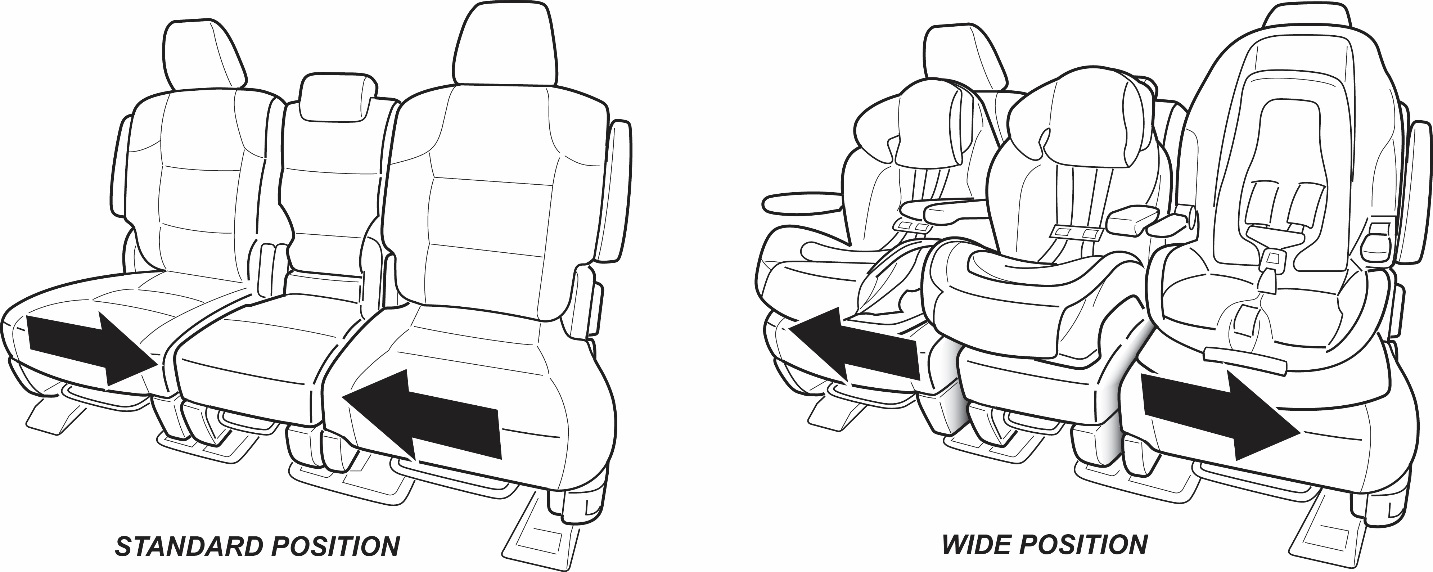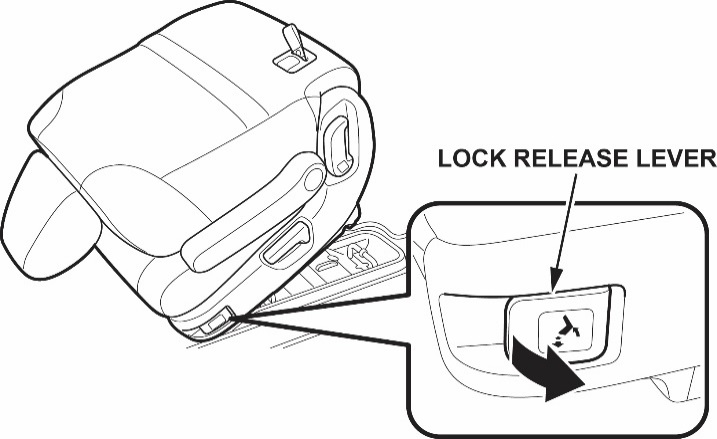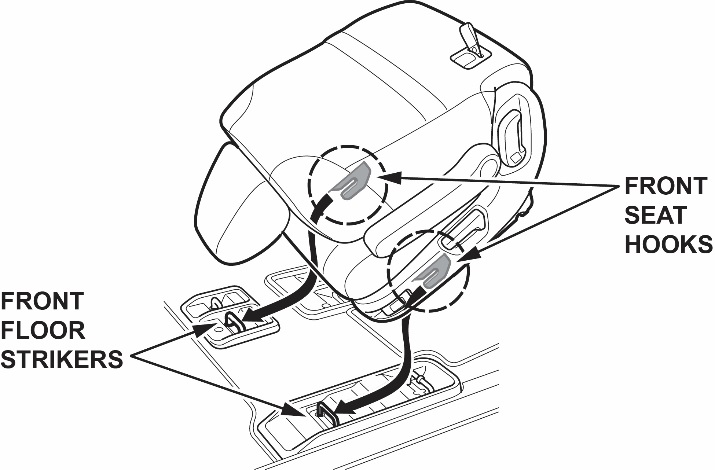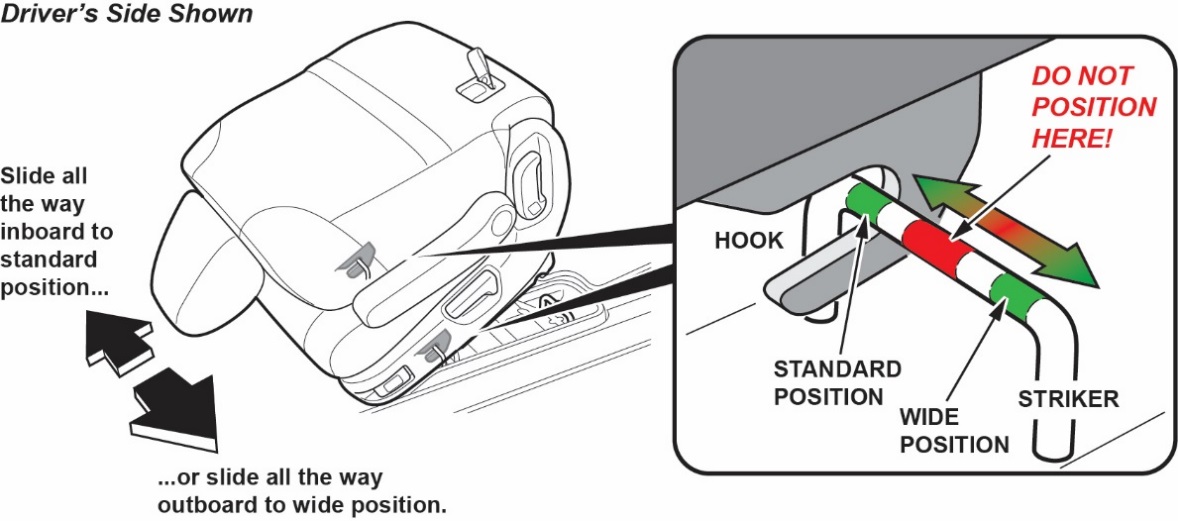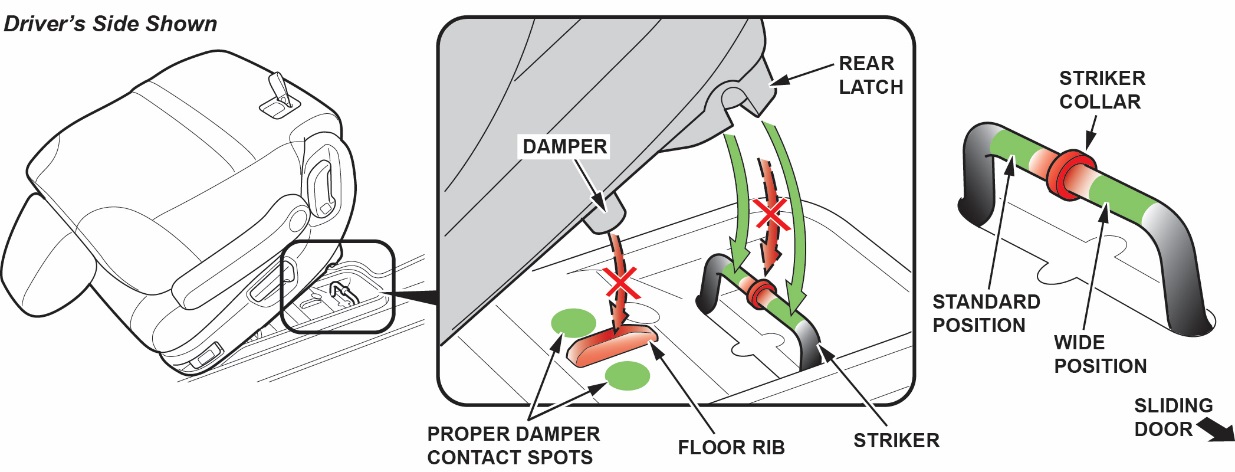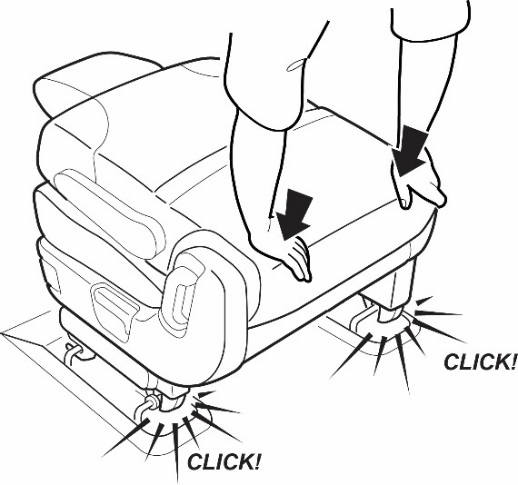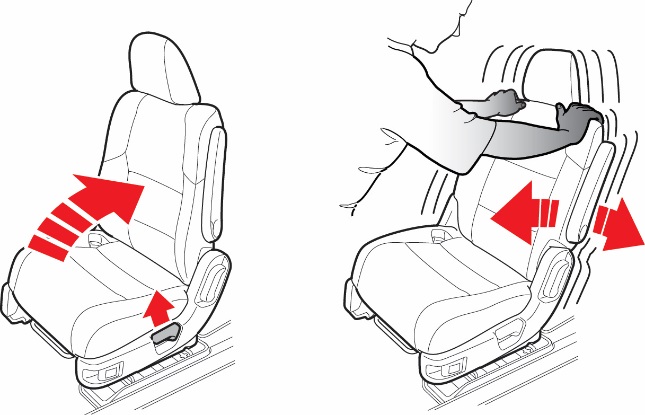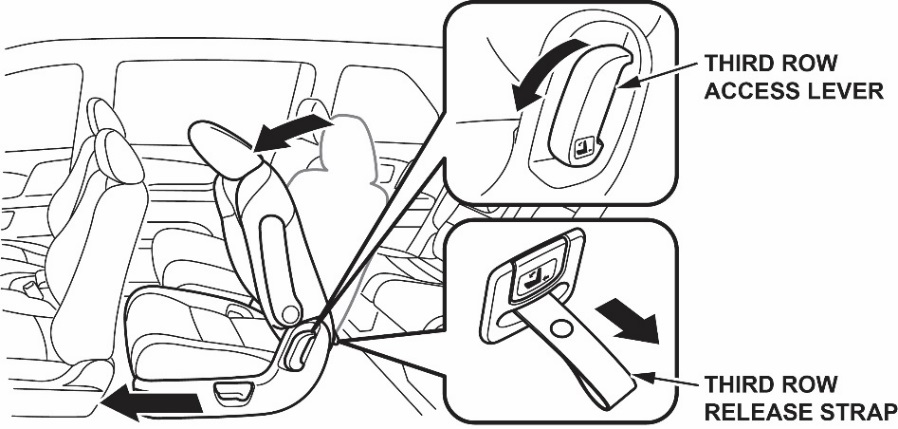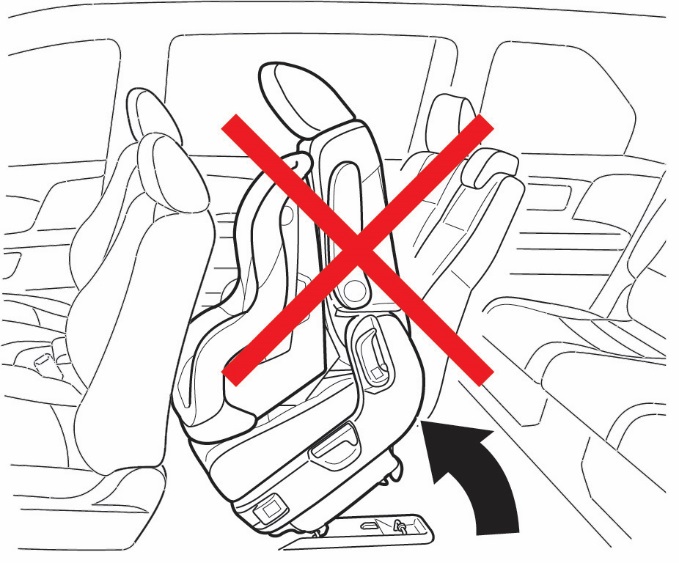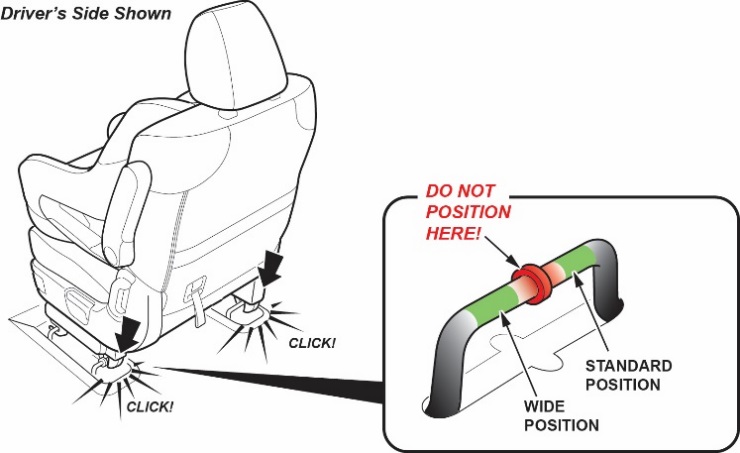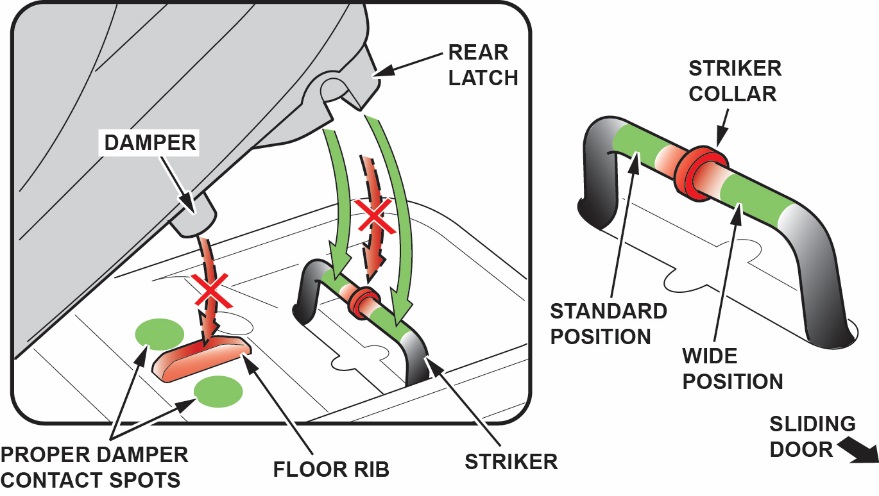| “This site contains affiliate links for which OEMDTC may be compensated” |
NHTSA Campaign Number: 17V725
Manufacturer Honda (American Honda
(American Honda Motor Co.)
Motor Co.)
Components SEATS
Potential Number of Units Affected 806,936
Second Row Seats may Tip Forward when Braking
If the seat tips forward during braking, it can increase the risk of injury.
Summary
Honda (American Honda
(American Honda Motor Co.) is recalling certain 2011-2017 Honda
Motor Co.) is recalling certain 2011-2017 Honda Odyssey vehicles. The second row outboard seats can slide sideways to one of two positions. If a seat is placed between either of the two positions when attaching the seat to the vehicle floor, the seat will not latch properly to the seat striker, allowing the seat to tip forward unexpectedly during braking.
Odyssey vehicles. The second row outboard seats can slide sideways to one of two positions. If a seat is placed between either of the two positions when attaching the seat to the vehicle floor, the seat will not latch properly to the seat striker, allowing the seat to tip forward unexpectedly during braking.
Remedy
The remedy for this recall is still under development. Honda will notify owners of the safety risk in an interim notification and provide detailed instructions for installing/positioning the second row outer seats and confirming that they are securely latched. Once a final remedy is determined and the necessary parts are available, Honda
will notify owners of the safety risk in an interim notification and provide detailed instructions for installing/positioning the second row outer seats and confirming that they are securely latched. Once a final remedy is determined and the necessary parts are available, Honda will send a second letter to the owners to have them visit a dealer to have the condition remedied, free of charge. The interim notification is expected to begin December 18, 2017. Owners may contact American Honda
will send a second letter to the owners to have them visit a dealer to have the condition remedied, free of charge. The interim notification is expected to begin December 18, 2017. Owners may contact American Honda Customer Support & Campaign Center at 1-888-234-2138. Honda
Customer Support & Campaign Center at 1-888-234-2138. Honda ’s number for this recall is S0G.
’s number for this recall is S0G.
Notes
Owners may also contact the National Highway Traffic Safety Administration Vehicle Safety Hotline at 1-888-327-4236 (TTY 1-800-424-9153), or go to www.safercar.gov.
Check if your Honda has a Recall
Service Bulletin
A17-097
November 18, 2017
07740 Version 1
Safety Recall: Outer Second Row Seats Tip During Braking
AFFECTED VEHICLES
| Year | Model | Trim | VIN Range |
| 2011–17 | Odyssey | ALL | Check the iN VIN status for eligibility |
BACKGROUND
The second row outboard (outer) seats can be placed in two positions, standard or wide. The rear outboard strikers have a collar to define the two set positions. If a second row outer seat is positioned over the collar while latching the seat to the floor, the seat will not properly latch. An unlatched second row outer seat may tip forward during moderate to heavy braking, increasing the risk of injury to an occupant, including a child seated in a LATCH (Lower Anchor and Tethers for CHildren) installed child seat.
This bulletin will be revised in the future once the repair procedure, parts information, and warranty claim information are available.
The information below does not resolve the stop sale. Stop sale on any affected VIN will only be lifted after the procedure, parts, and warranty information becomes available and the repair has been performed.
For customer convenience, there is a PDF demonstrating the proper latching procedure at recalls.honda .com. Also look for an upcoming Tech2Tech video about latching the second row outer seats.
.com. Also look for an upcoming Tech2Tech video about latching the second row outer seats.
Whenever an affected Odyssey comes into your dealership for service, follow these instructions to properly position the second row outer seats and confirm they are securely latched to the floor.
Second Row Outer Seat Positions
The two second row outer seats can be installed in two positions, standard and wide: The second row center seat has only a single seat position.
In the standard position, the seats are located inward for:
| In the wide position, the seats are located outward for: |
Latching the Second Row Outer Seats
Follow these steps when installing or repositioning the second row outer seats, and check that the second row seats are secure to help assure passenger safety. Follow the steps below every time the rear seat latches have been released from the floor.
- Insert the front seat hooks into the front floor strikers.
- Slide the seat into either the standard or wide position:
- Lower the rear of the seat. There is both a rib on the floor and a collar on the rear metal striker. Check that the rear latch and damper are inside or outside of the rib and collar (identified by the green highlight in the illustration):
- Press down on the rear part of the seat to set both rear latches. The latches click as they engage the floor strikers.
- Raise the seat-back to an upright position, then rock the seat back and forth, trying to tilt it forward, and make sure both the inner and outer latches are locked in position.
Third Row Seat Access
The two outer second row seats are equipped with a third row access feature that is activated by pulling the third row access lever or strap.
When a child seat is installed in the outer second row seats (typically using the LATCH anchors), the child seat prevents the seat-back from folding forward, which limits access to the third row. Some owners use the seat lock release lever to tip the entire seat forward with the child car seat installed to gain access to the third row.
American Honda does not recommend using this method to access the third row seats. When the second row outer seat is tipped forward, the seat may slide into the area between the standard and wide positions that prevents the seats from latching. Therefore, using this method of access increases the risk of having an unsecured second row outer seat.
does not recommend using this method to access the third row seats. When the second row outer seat is tipped forward, the seat may slide into the area between the standard and wide positions that prevents the seats from latching. Therefore, using this method of access increases the risk of having an unsecured second row outer seat.
If despite the risks, a customer chooses to tip the entire second row seat forward to access the third row, they need to make sure the seat is in the standard or wide position when lowering and latching the seat.
Check that the seat is latched by rocking the seat back and forth, trying to tilt it forward, and make sure both the inner and outer latches are locked and the front seat hooks are under the front latches.
END
